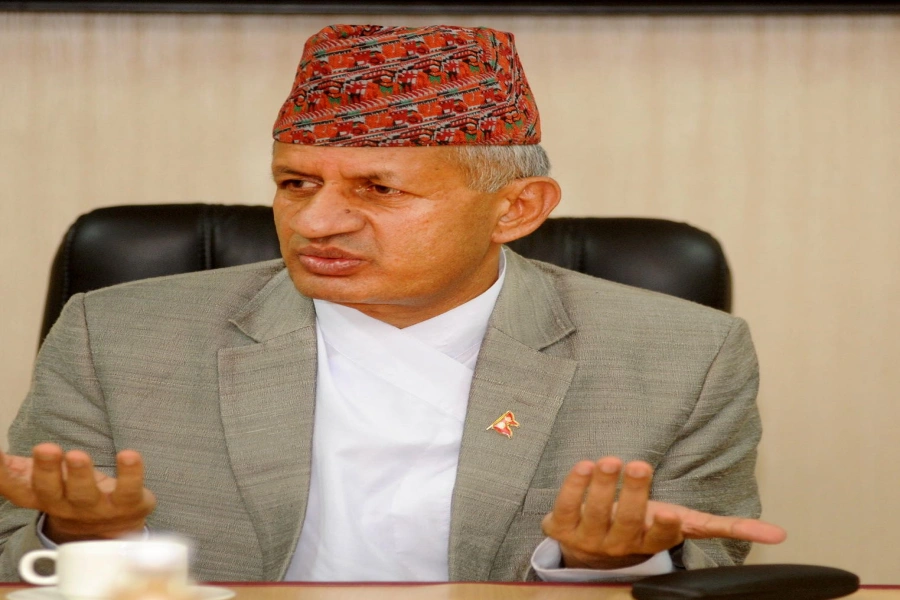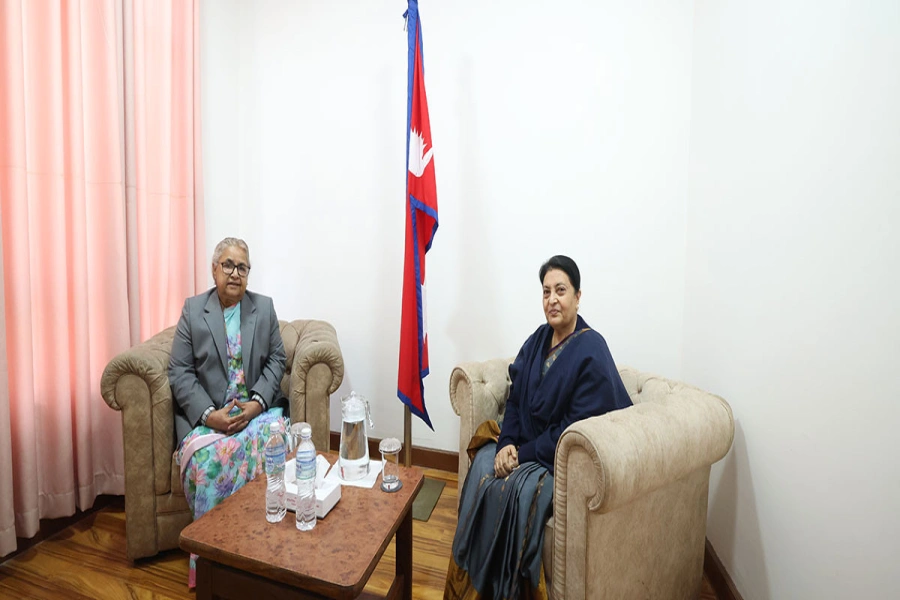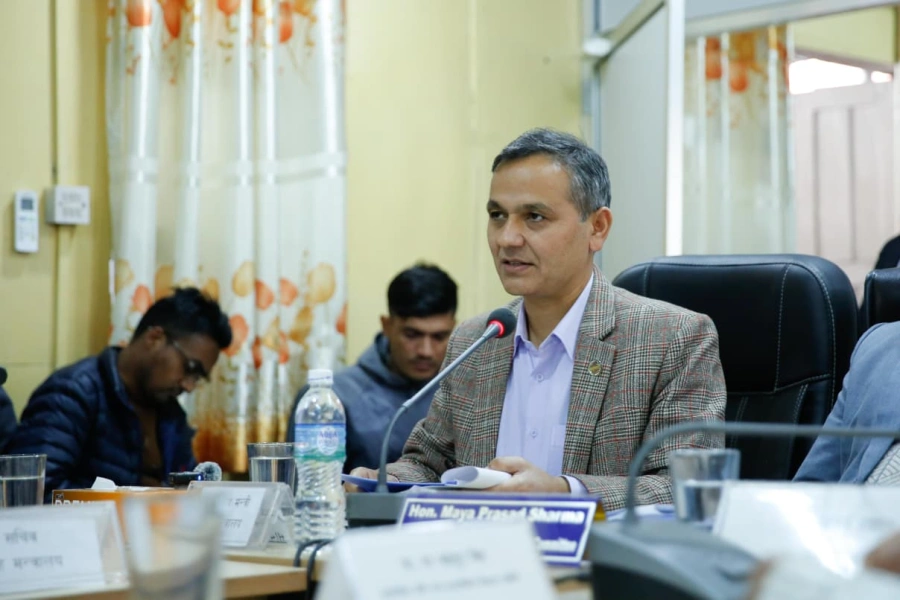KATHMANDU, Oct 17: The first two months of the current fiscal year have shown surpluses in both the current account and the Balance of Payments (BoP). The country's foreign exchange reserves are now enough to sustain imports of goods and services for a year.
According to the current economic and financial status report of the country, based on the data released by the Nepal Rastra Bank today, the current account has shown a surplus of Rs 23.5 billion. During the same period of the previous year, the current account was in deficit by Rs 36.84 billion.
Likewise, by mid-September, the BoP had a surplus of Rs 53.61 billion. During the same period of the previous year, the BoP was at a deficit of Rs 20.81 billion.
Nepal’s BoP surplus reaches USD 1.11 billion, forex reserves su...

The total foreign exchange reserves, which were at Rs 1.539 trillion by mid-July, increased by 3.9 percent to reach Rs 1.598 trillion by mid-September. Out of this, Rs 1.46 trillion is held by the NRB, while banks and financial institutions hold Rs 193.95 billion in foreign exchange reserves.
The share of Indian currency in total foreign exchange reserves is 21.7 percent. Considering the country’s imports in the first two months of the current fiscal year, it is seen that the current foreign exchange reserves will be enough to support goods imports for 12.6 months and services imports for 10.3 months.
By mid-September, the ratios of foreign exchange reserves to gross domestic product, gross import and broad money supply were 29.7, 86 and 26.2 percent, respectively.
In the last two months, imports decreased by 5.1 percent, exports by 7.8 percent and the total goods trade deficit by 4.7 percent.
By mid-September, the government's total budget expenditure was Rs 131.14 billion and revenue mobilization reached Rs 141.8 billion. In the same period, the broad money supply decreased by 0.5 percent. On an annual point basis, such money supply has increased by 12 percent.
Similarly, during this period, the deposit collection of banks and financial institutions decreased by 0.1 percent while the loans to the private sector increased by 0.7 percent. On an annual point basis, the growth rate of deposits is 13.2 percent and the growth rate of loans to the private sector is four percent.



































